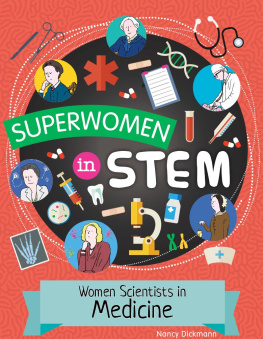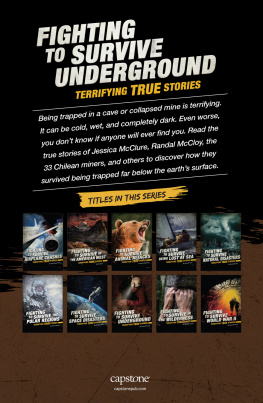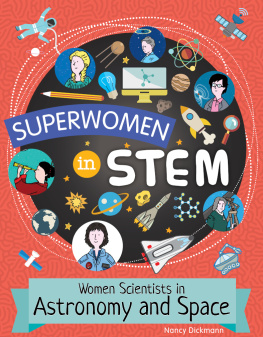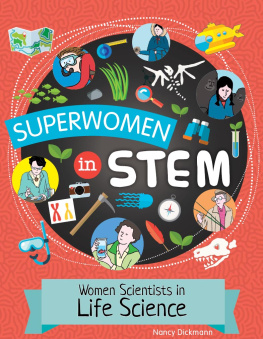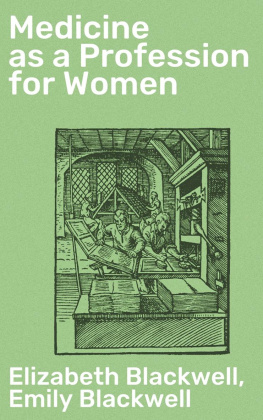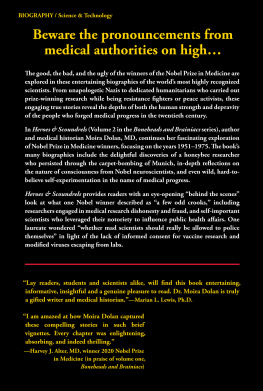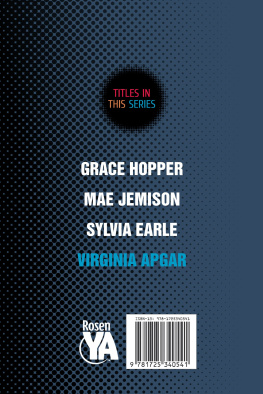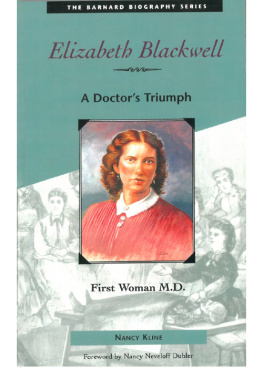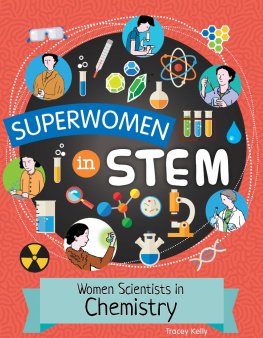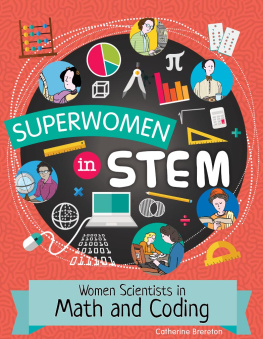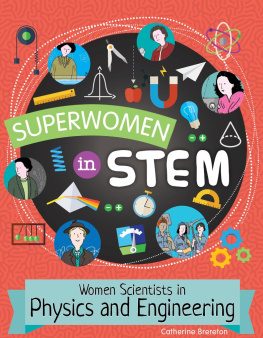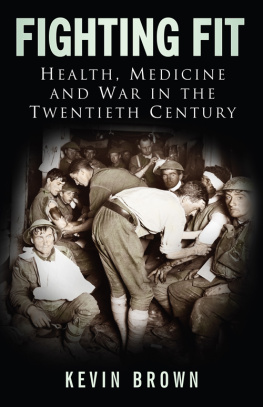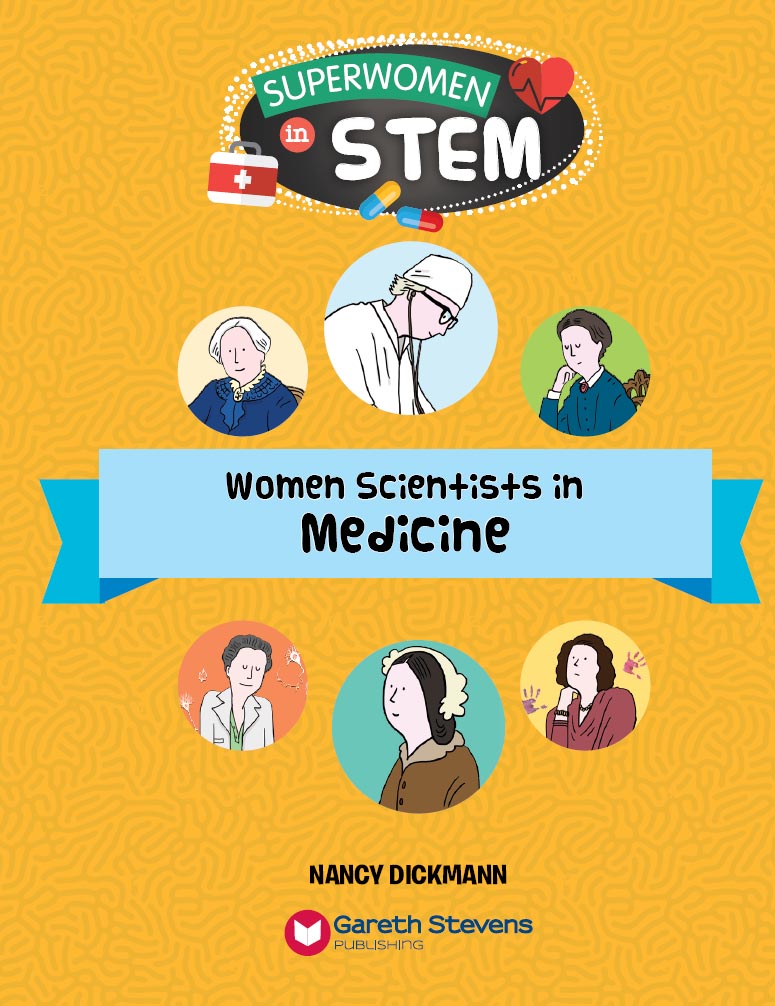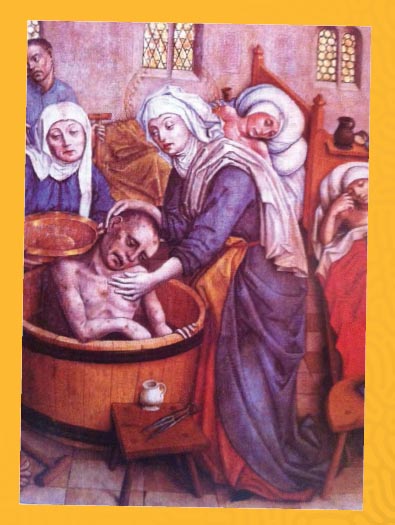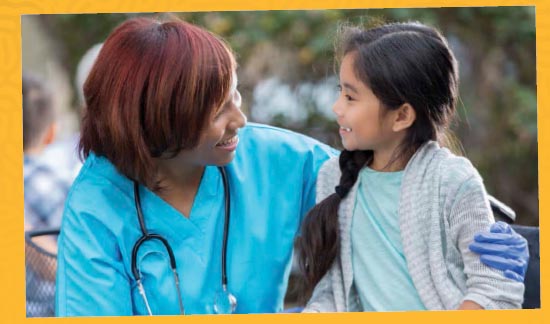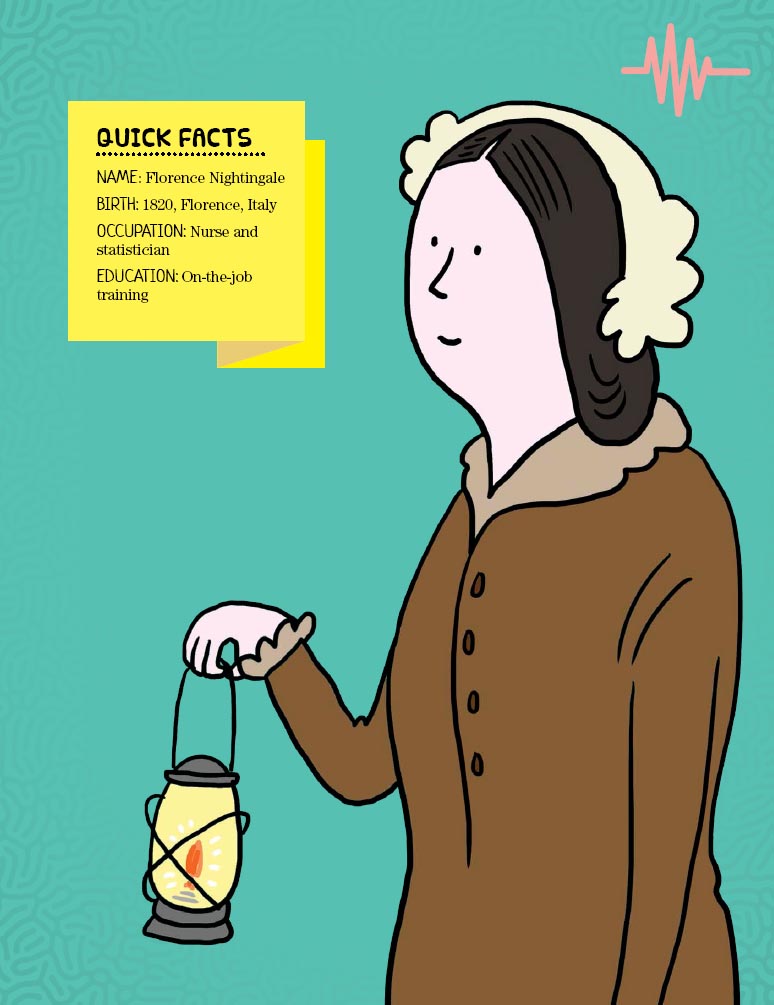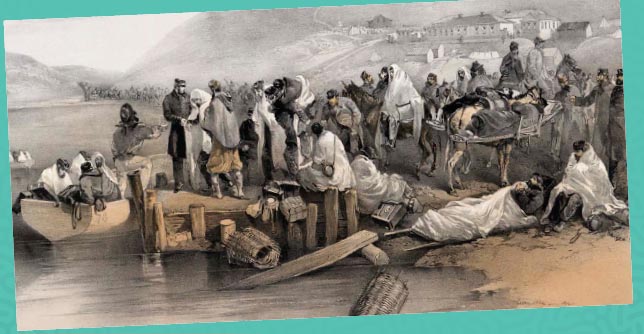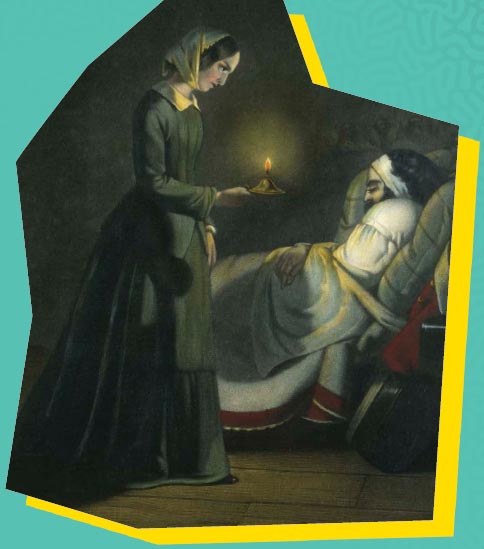Please visit our website, www.garethstevens.com.
For a free color catalog of all our high-quality books,
call toll-free 1-800-542-2595 or fax 1-877-542-2596.
Cataloging-in-Publication Data
Names: Dickmann, Nancy.
Title: Women scientists in medicine / Nancy Dickmann.
Description: New York : Gareth Stevens Publishing, 2018. | Series: Superwomen in STEM | Includes index. Identiers: LCCN ISBN 9781538214671 (pbk.) | ISBN 9781538214107 (library bound) | ISBN 9781538214688 (6 pack) Subjects: LCSH: Women physicians--Juvenile literature.Women in medicine--Juvenile literature.
Women in science--Juvenile literature. | Women scientists--Juvenile literature.
Classication: LCC R692.D53 2018 | DDC 610.82--dc23
Published in 2018 by
Gareth Stevens Publishing
111 East 14th Street, Suite 349
New York, NY 10003
Copyright 2018 Brown Bear Books Ltd
For Brown Bear Books Ltd:
Text and Editor: Nancy Dickmann
Designer and Illustrator: Supriya Sahai
Editorial Director: Lindsey Lowe
Childrens Publisher: Anne ODaly
Design Manager: Keith Davis
Picture Manager: Sophie Mortimer
Concept development: Square and Circus / Brown Bear Books Ltd
Picture Credits: Cover: Illustrations of women: Supriya Sahai. All icons Shutterstock. Alamy: Chronicle .
Character artwork Supriya Sahai
All other artwork Brown Bear Books Ltd
Brown Bear Books has made every attempt to contact the copyright holders.
If anyone has any information please contact licensing@brownbearbooks.co.uk
All rights reserved. No part of this book may be reproduced in any form without permission in writing from the copyright holder, except by a reviewer.
Manufactured in the United States of America
CPSIA compliance information: Batch #CW18GS. For further information contact Gareth Stevens, New York, New York at 1-800-542-2595.
Contents
Medicine in Time
Florence Nightingale
Elizabeth Blackwell
Elizabeth Garrett Anderson
Melanie Klein
Rita Levi-Montalcini
Virginia Apgar
Timeline
Gallery
Science Now
Glossary
Further Resources
Index
Medicine in Time
The human body is complex, and people have always tried to understand how it works. Scientific discoveries have shown us how to heal and protect ourselves.
E arly people knew very little about how the body worked. They used herbs and other natural materials as medicines, and they also relied on spiritual healers. However, there is evidence that people were drilling teeth and performing some surgeries more than 6,000 years ago.
Long before they were allowed to train as doctors, women worked as nurses and healers.
Thanks to many brave, pioneering women throughout history, women have access to education to become doctors today.
EARLY MEDICINE
By about 2,000 years ago, medicine was becoming a science. Doctors in Egypt, Rome, Greece, and China were developing new ideas about health. Some of their ideas were wrong, but other treatments were successful. A few doctors cut open dead bodies to find out how they worked. As the centuries passed, doctors made important discoveries. In 1628, William Harvey figured out the system that pumps blood around the body. By the 1900s, discoveries such as antibiotics and anesthesia were helping to save many lives.
MAKING THEIR MArK
In many cultures, women have a long history of using herbs and other natural remedies, passing down their knowledge from one generation to the next. But in the 1400s and 1500s, only people who had trained at universities were allowed to practice as doctors in many countries. At that time a university education was not open to women. Women were limited to nursing the sick and delivering babies. However, by the late 1800s female doctors began to take their rightful place alongside men.
Florence Nightingale
 In the 1800s, nursing was not seen as a suitable career for wealthy women. Florence Nightingale changed all that, and helped thousands of people.
In the 1800s, nursing was not seen as a suitable career for wealthy women. Florence Nightingale changed all that, and helped thousands of people.
F lorences parents were wealthy, so they could afford to travel. They were in Florence, Italy, when their second daughter was born, and they named her after the city. When they returned to England in 1821, Florence and her sister Parthenope grew up in a happy home. Florences father taught her about history and literature, but Florence had to fight to be allowed to study math, which was seen as an unsuitable subject for girls. However, Florence got her own way in the end.
NURSInG
Girls like Florence were expected to marry and raise a family, but she wanted to help people. As a teenager, she decided the best way to do this was by becoming a nurse. Her family didnt agree, but Florence was determined. In 1850 she traveled to Germany for training. On her return, she got a job overseeing a womens hospital in London. She proved to be just as good at running a hospital as she was at caring for patients.
THE CRIMEAN WaR
In 1853, war broke out between Russia and the United Kingdom, who had France and Turkey on their side. The fighting took place on the Crimean Peninsula. Reports soon came back that wounded soldiers were not getting the care they needed. The British public demanded that something be done, and in 1854 Florence traveled to the Crimea with a group of 38 nurses.
Were there none who were discontented with what they have, the world would never reach anything better.
Some wounded or sick soldiers were taken away from the fighting in the Crimea by boat. They were sent to hospitals to receive treatment.
Florence became famous with the soldiers for being the Lady with the Lamp.
SQUALOR IN SCUTARI
Florence arrived at the military hospital in Scutari, Turkey. There she found a dirty hospital full of rats and fleas, with not enough soap, bandages, or healthy food. She soon realized that more patients were dying from disease and infection than from their wounds. Florence and her nurses cleaned the hospital, organized a laundry service, and arranged for a cleaner water supply.
Thanks to their dedicated care, death rates at the hospital began to drop. Florence worked tirelessly, checking on her patients through the night by the light of her lamp. She also kept detailed records of everything her staff did and kept the hospital running smoothly.
Shortly after Florence arrived, the hospital was overwhelmed with wounded soldiers from two major battles.
MARY SEACOLE

